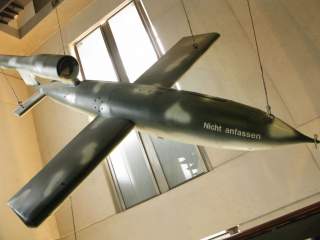Fail: Why London Refused to Be Broken by Hitler's 30,000 V-1 ‘Buzz Bombs’
The British people's will was strong.
The V-1’s successors fly many times further, skim closer to the ground to evade detection, and can perform maneuvers to circumnavigate air defenses. They benefit from satellite navigation, image-matching computers and infrared-seekers allowing them to land within a few meters of a designated target.
As the United States and Russia recently withdrew from the INF treaty, which banned deployment of cheaper, long-range land-based cruise missiles, modern descendents of the V-1 may make a comeback seventy-five years after their reign of terror began.
Sébastien Roblin holds a master’s degree in conflict resolution from Georgetown University and served as a university instructor for the Peace Corps in China. He has also worked in education, editing, and refugee resettlement in France and the United States. He currently writes on security and military history for War Is Boring.
Image: Wikimedia.

